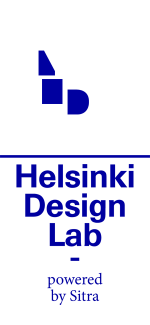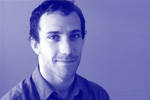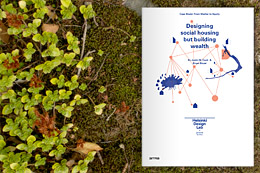All posts by Ido Mor
Editor's note: We offered this blog as a platform to four HDL Global participants who are documenting the event for everyone to get a glimpse of how things went down. This is one such post by Ido Mor.
I recently finished reading The Soul of a Chef by New York Times writer Michael Ruhlman. Apart from inspiring me to try some new things in the kitchen, it got me to reflect back on our three memorable days at the HDL Global at the beginning of this month. In his book, Ruhlman gains access to interview and shadow several of the most influential chefs of American cuisine. He’s out to uncover what makes these people so great at what they do, exploring the source of their passions and intensely focused drive. Interesting overlaps surfaced – a couple of which I’d like to share here.
Begin with the right foundation and strive to make it perfect. In culinary terms this means that great dishes are not a result of how much foie gras, truffle oil, or other fancy ingredients we throw into our recipes. Truly memorable dishes trace back to the very beginning of their creation, applying the most basic of cooking techniques to produce a solid foundation.
A clean veal stock is a base ingredient in many classical French sauces. If you start with a mediocre veal stock it makes no difference if everything that follows is perfectly executed and plated. The best you’ll achieve is still a mediocre dish.
This is reminiscent of our discussions of the architecture of the problem. It illustrates the importance of taking the time to reframe our questions correctly. If we fail to do this, our best attempts at problem-solving will remain mediocre at best. Ruhlman specifically uses the word, “strive” (to make it perfect), in order to acknowledge that we’ll never reach perfection. The moment we think we’ve attained it, there’s still more that can be done. Nonetheless, this level of ambition is critical.
Have a purpose for everything you do. Chef Thomas Keller of the renowned French Laundry in Yountville, California (Napa region), points out that successful cooks who began in his kitchen succeeded because they treated it as their own. He creates an environment that honors the importance of food. It would be illogical to think that a cook can be less than fully invested when cooking with Keller, and somehow flip a switch and develop that care and respect for perfection later on in life. In setting the tone, Keller sets expectations. It’s clear to him early on who has the right attitude and who doesn’t.
As leaders in our various arenas, if we’re not investing ourselves in the success of our desired outcomes, we’re ultimately just executing a process. That alone will not yield great results. We must tap into the purpose of why we do what we do, infect our colleagues with that same passion, creating the environment for them to give of themselves as well.
Where do we go from here?
Looking back at the discussions that took place in Helsinki, the value of applying a systemic approach to problem-solving became increasingly apparent. We also realized that for some us in the room, the tendency to think in terms of systems comes more naturally—and still we struggle to affect change on the scale we’d like to see. This raises several key challenges:
How do we build awareness of the values and methodology of a systemic approach to problem solving in our varying organizations (some of which tend to be more progressively oriented, and some less so)?
How do we build the multi-disciplinary teams needed, considering that existing organizational divisions likely inhibit us from reaching our desired outcomes?
We often lack the structure by which to guide a collaborative approach to systemic problem-solving. What toolkits or frameworks will help our diverse organizations navigate such ambitious change? How can we make it easier to implement new methodologies with far-reaching implications?
Feel free to share your thoughts and experiences below.
Editor's note: We offered this blog as a platform to four HDL Global participants who are documenting the event for everyone to get a glimpse of how things are going down. This is one such post by Ido Mor.
The Helsinki Design Lab is inspiring its global audience to attack their most pressing, intractable challenges using a systems-oriented approach to problem solving. At the heart of discussions over the past two days, we’ve heard experts in policy and various industries emphasizing the need to focus as much on the architecture of the problem, as we do on the architecture of the solution, and to leverage a multi-disciplinary approach in the process.
Ageing populations, education, and sustainability were the subjects of a series of lively panel discussions. A common thread running throughout these topics is the fact that their problem space cannot be summarized as a puzzle, but must be considered as a mystery. The primary difference between puzzles and mysteries is that the latter offers us no reference points as to what the final outcome will look like. As such, our problem-solving toolkit for puzzles is rendered ineffective in the mystery space – though unfortunately we find that the same toolkit is often applied to both.
As policy makers, engineers, scientists, and designers, our job becomes to de-risk the options we propose. We heard repeatedly yesterday and today that the best starting point for doing this successfully is to zoom out before zooming in. This often feels counter-intuitive, especially when urgent pain points are screaming in our face, but it’s the only way we can begin to transform the systems that generated the predicaments we’re currently facing. Looking forward to more great discussions tomorrow.



